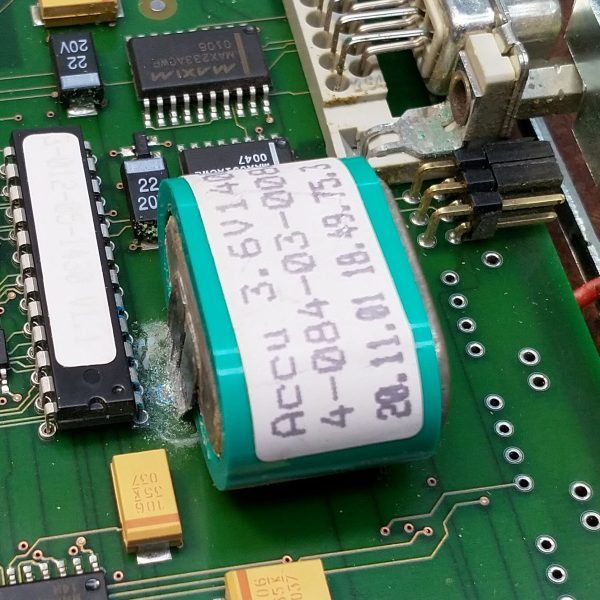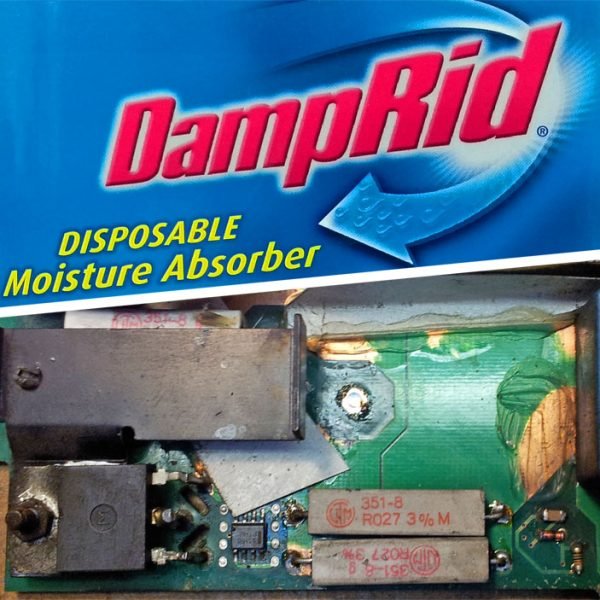



What we offer
We specialise in diagnostic service, repair and supply of Industrial Electronic Equipment throughout New Zealand.
Our key areas of expertise are the repair and service of Variable Speed Drives (VSDs), Computer Controllers (CNC) and related gear.
Sub-categories include Motors and Encoders, Programmable Logic Controllers (PLC’s), Human-Machine Interfaces (HMI’s) etc.
Industries
We specialise in diagnostic service, repair and supply of Industrial Electronic Equipment throughout New Zealand.
Our key areas of expertise are the repair and service of Variable Speed Drives (VSDs), Computer Controllers (CNC) and related gear. Sub-categories include Motors and Encoders, Programmable Logic Controllers (PLC’s), Human-Machine Interfaces (HMI’s) etc.
APPAREL
We are the New Zealand specialists for industrial electronic equipment used to work with fabrics.
AVIATION SUPPORT
We have experience in repairing and servicing flight simulators and deck controllers .
BUILDING & CABINETRY
We are industry specialists for electronic equipment used for cabinet making. e.g. CNC machinery.
CRANES
We are the New Zealand specialists for industrial electronic equipment used to work with fabrics.
ELECTRICAL
Here at Attwood Electronics, we partner with Industrial Electricians to be your electronics division.
ENGINEERING
We are industry specialists for electronic equipment used in engineering. e.g. CNC machinery.
FOOD & BEVERAGE
Electronic issues in food and beverage production lines can result in significant downtimes.
PHARMACEUTICAL
Experts are needed to fix the electronics in this cutting-edge machinery that are constantly.
PLASTIC MOULDING
We are specialists in the Machine Control Systems that are used in the plastic industry.
PRINTING & PACKAGING
We are specialize in servicing and repairing motor drive or servo motor, computer controller.
UTILITIES & INFRASTRUCTURE
We have experience with the electronic equipment used in the systems.
services
Welcome to Attwood Electronics. We specialise in servicing and supplying Industrial Electronic Equipment throughout New Zealand. Our core specialty is in Motor Drive Equipment and Machine Control Systems. We strive for quality and integrity in all we do.
Industrial Electronics Servicing & Repairing
With a team of professional and highly experienced electronic engineers at Atwood Electronics.
Supplying Electronic Equipment
Our engineers have become adept at sourcing new and refurbished equipment from our extensive global supply network.
Designs & Projects
Attwood Electronics offers assistance with machine development and automation. We have the ability to design and produce electronic circuits etc.
Machine Electronic Maintenance
Most machine user-manuals contain detailed instructions about maintenance. For a machine to have a long productive life.
what industries
we are involved with

Cabinet Making
Lorem ipsum dolor sit amet, consectetur adipiscing elit.

Electrical
Lorem ipsum dolor sit amet, consectetur adipiscing elit.

Engineering
Lorem ipsum dolor sit amet, consectetur adipiscing elit.

Plastics
Lorem ipsum dolor sit amet, consectetur adipiscing elit.

Apparel
Lorem ipsum dolor sit amet, consectetur adipiscing elit.
What our clients say
Hi Wayne, Thanks for your prompt support and help with this. Keep us posted on how we go for the best solution for the repairs.
Meet the Team

Wayne Handisides
Electronic Engineer / Managing Director

Denise Handisides
Office Manager / Director

Micah Fleming
Electronic Engineering Student

Steve Lacey
Electronic Engineer / Technical Manager



